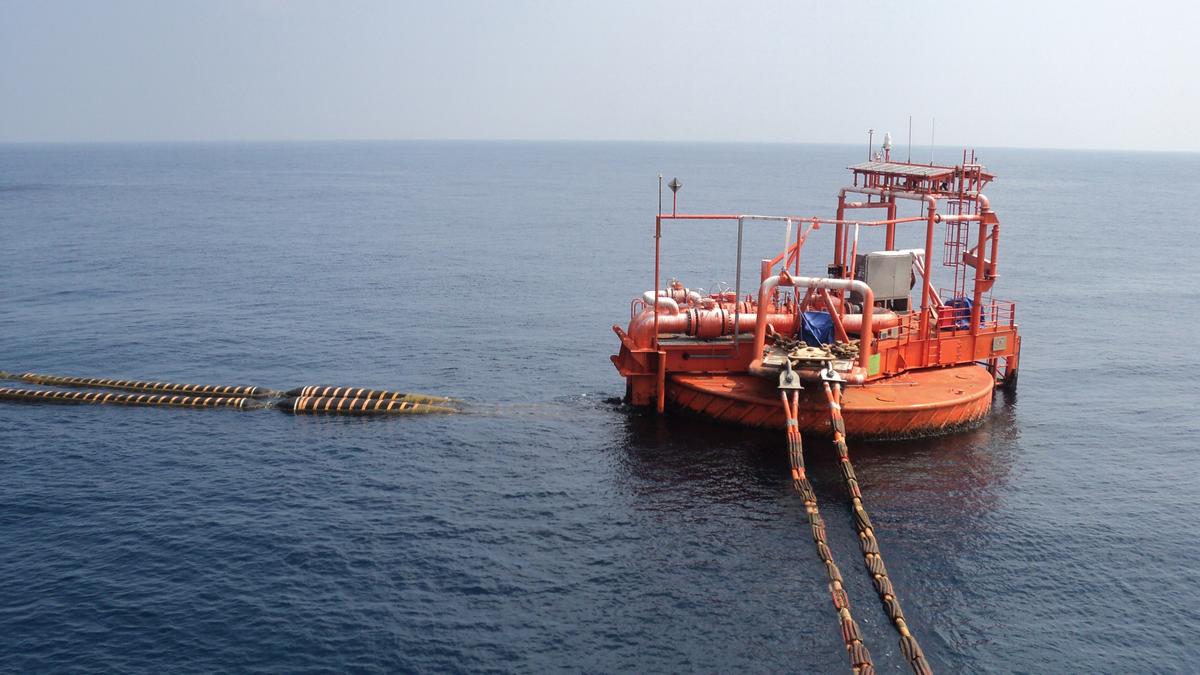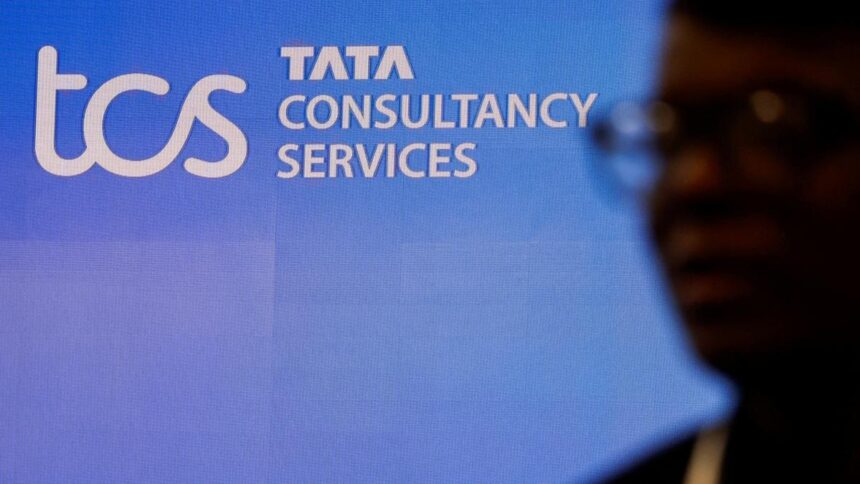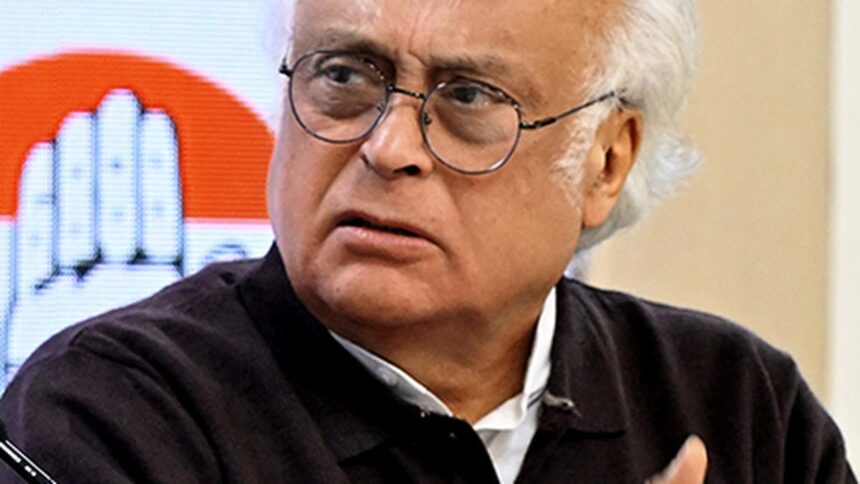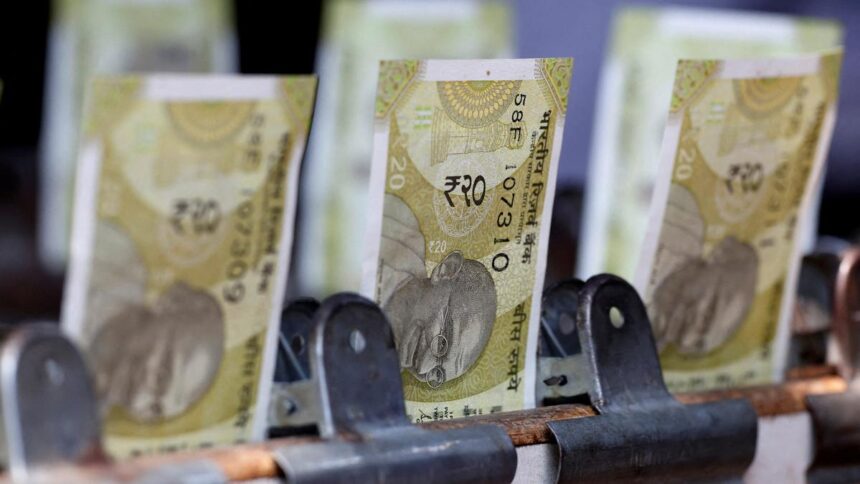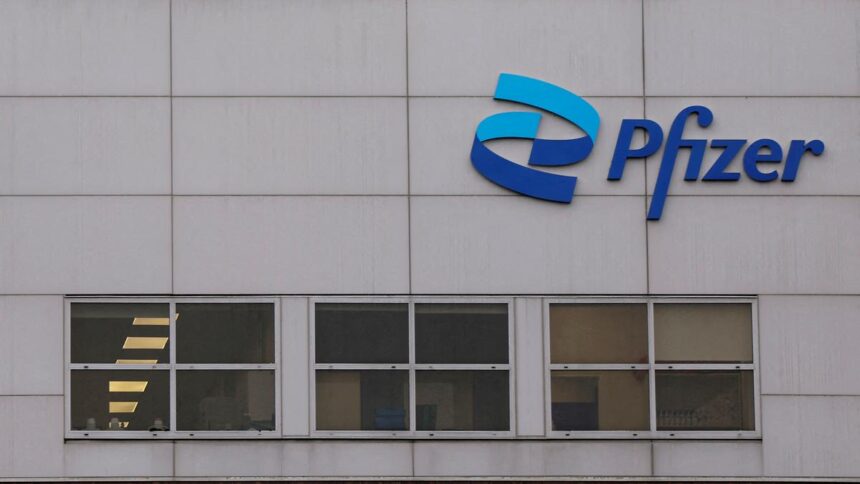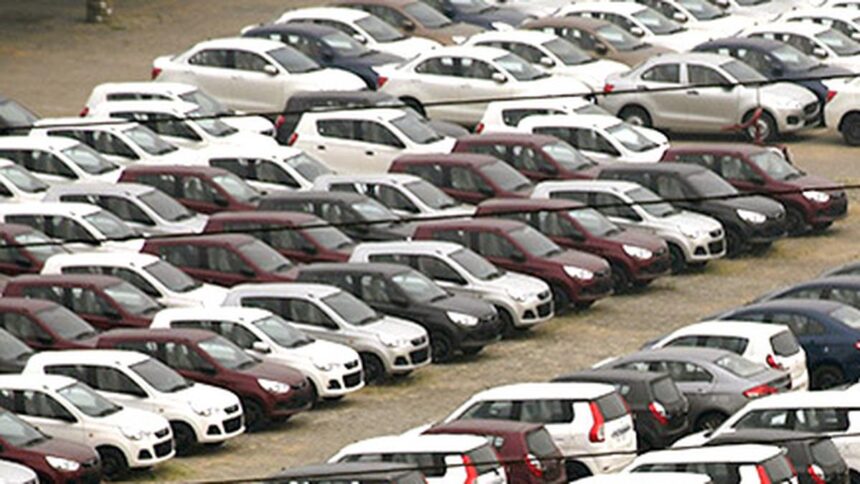
Image for representational purposes only.
| Photo Credit: File Photo
The story so far: Escalating tensions between West Asian nations Iran and Israel since last week sent prices of oil spiralling upwards with fears mounting about a potential disruption in oil supplies globally. The benchmark Brent crude futures had soared about 9% Friday (June 13) to $75.65 for a barrel after it hit an intraday high of $78.50/barrel – a near five-month high. The paradigm however sought to ease Monday when news reports suggested that Tehran has asked Qatar, Saudi Arabia and Oman to press U.S. President Donald Trump to help Israel agree for an immediate ceasefire. At the time of writing (about 8 p.m.), Brent crude futures were about 2.4% higher from Monday at $74.98/barrel.
Why is the tension causing oil prices to rise?
At the centre of the entire paradigm is Iran’s recurrent threats to close down the Strait of Hormuz. It is the chokepoint that connects the Persian Gulf with the Gulf of Oman and Arabian Sea. For perspective, chokepoints are narrow channels along widely used global sea routes that are utilised for transporting oil through sea. The closure of a chokepoint, even if for a temporary period, can translate to potential delays in supply, reduction in traffic and rise in shipping and insurance costs. All of it culminating into increased price of energy fuel. Though alternatives exist for some chokepoints, but they could entail significant increase in transit times.
In fact, from the larger perspective of trade, Pankaj Chadha, Chairman of the Engineering Exports Promotion Council of India explained The Hindu last week that the escalation of the conflict in the Middle East would bar access to the Suez Canal and the Red Sea. “(This) will have a huge cost and time escalation for Indian exports by ship,” Mr. Chadda held.
U.S.’ Energy Information Administration (EIA) in an analysis published Monday held that the Strait was “deep and wide enough” to handle the world’s largest crude oil tankers. It further observed that the Strait facilitated transportation of an average of 20 million barrels each day (md/d) in 2024. This is equivalent to approximately one-fifth of the global petroleum liquids consumption. Additionally, the Paris-based International Energy Association (IEA) attributed the Strait to have served as the exit route from the Gulf for approximately one-fourth of the global oil supply including from major oil-producing nations Saudi Arabia and United Arab Emirates alongside Kuwait, Qatar, Iraq and Iran itself.
According to EIA’s estimates, 84% of the crude oil and condensate alongside 83% of liquified natural gas transported via the Strait headed to Asian countries in 2024. Primarily, this includes China, India, Japan and South Korea.
How is the world positioned to manage the uncertainty?
IEA indicated in their June outlook published Tuesday that oil markets in 2025 “look well supplied” in the absence of a major disruption. This is premised around expectations of supply being able to surpass demand. IEA forecasts world oil demand to increase by 720 thousand barrels a day (kb/d) this year whilst supply is projected to rise 1.8 mb/d to 104.9 mb/d. Additionally, it observed from preliminary data that global observed oil inventories have risen by 1 mb/d on an average since February, and 93 million barrels in May alone. However, it cautioned, “While the market looks comfortably supplied now, the recent events sharply highlight the significant geopolitical risk to oil supply security.”
Furthermore, JM Financial observed in their recent sectoral report that there could be a “huge upside risk” if Iran disrupts the supply from the Strait of Hormuz. However, it holds the scenario is “extremely unlikely” as in the past, for “U.S. and Western countries are likely to take strong measures against any such disruptions given the huge risk it can pose to global oil and gas prices and, hence, inflation.”
Imperative to note though that Iran’s own production capacity may not have a significant bearing in the paradigm. This is owing to U.S. sanctions on import of Iranian crude oil. Tehran’s major export destination is China. Refineries in the Asian country have particularly benefited from discounted fuel from the West Asian counterpart.
What does it mean back home?
Aditi Nayar, Chief Economist at ratings agency ICRA, observed that while crude oil prices have risen quite sharply over the past few days, it has been from “rather benign levels”. She holds that should the price persist at the current levels, it may not lead to a “material revision” in ICRA’s GDP forecast of 6.2% for the fiscal. “However, a sustained increase from the current levels would weigh on India Inc’s profitability and the extended uncertainty may further delay private capex expenditure,” Ms. Nayar told The Hindu. She summarised this could potentially translate to a downward revision in ICRA’s GDP growth projections for the second half of the fiscal.
Albeit in an unrelated context, Paras Jasrai, Associate Director at India Ratings and Research observed the conflict between Israel and Iran added “fuel to the global economic uncertainty” marred by tariffs-led volatility. “The crude oil prices are in the vicinity of $75/barrel. If the conflict escalates further, then that could spring up wholesale inflation and have broader economic ramifications,” he held. Mr. Jasrai adds that favourably though declining food prices have “given a cushion in keeping wholesale inflation at tepid levels”.
The primary concern with respect to India could potentially be about how things shape up at the Strait of Hormuz. This is because India does not import petroleum crude from Tehran. Amit Kumar, Partner and Energy and Renewable Industry Leader at Grant Thorton Bharat had told The Hindu last week, “India imports more than 80% of its crude oil needs. Hence, even if direct imports from Iran are minimal, global price spikes due to conflict will raise crude oil import costs.”
On the aspect of supply, imperative to note that Union Petroleum Minister Hardeep Singh Puri in a social media post on Monday has affirmed the India having diversified their import basket substantially are comfortably placed to meet their fuel supply needs.
With inputs from TCA Sharad Raghavan
Published – June 19, 2025 08:30 am IST








